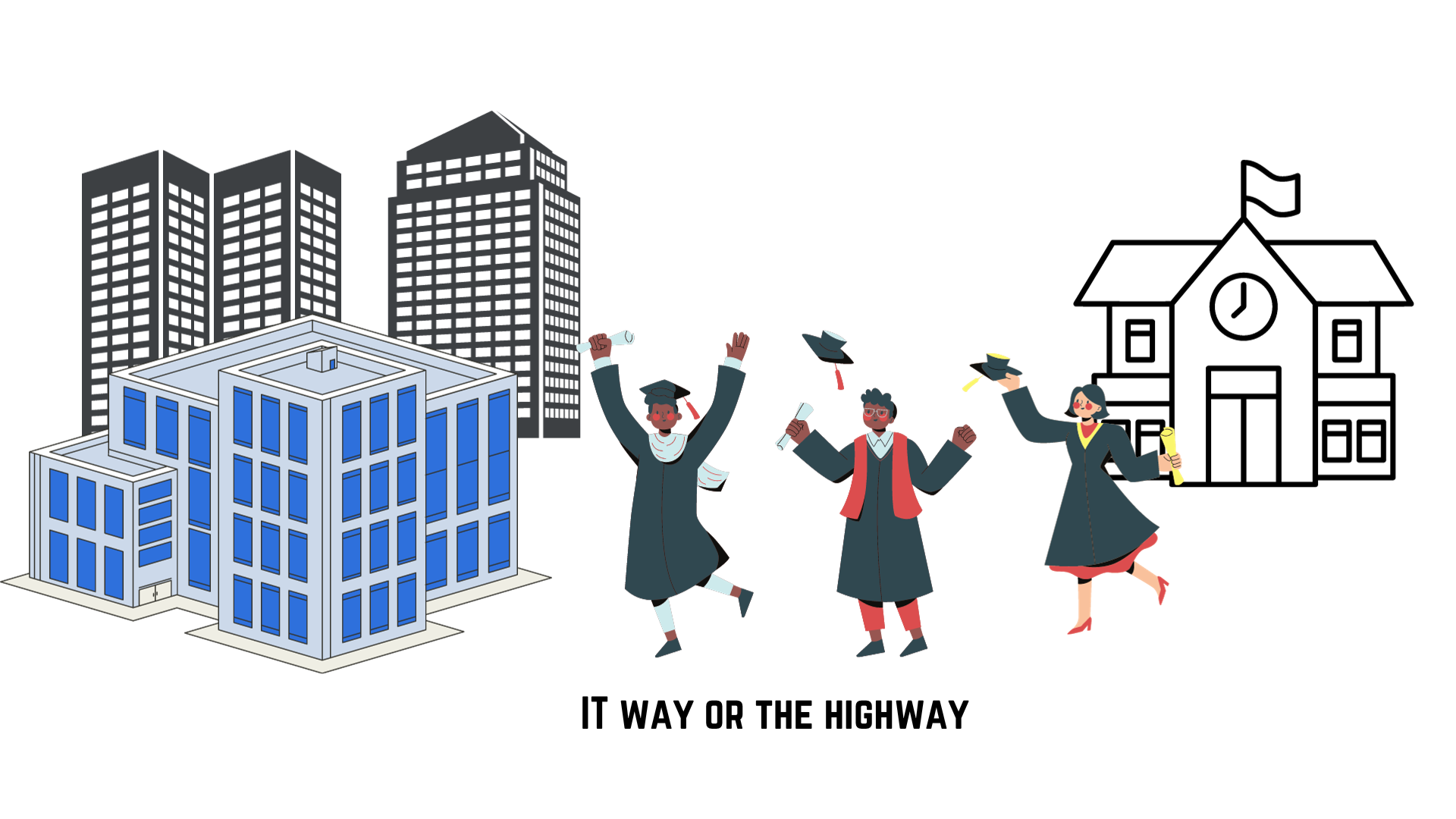Trending Now
- 830 voters names go missing in Kavundampalayam constituency
- If BJP comes to power we shall consider bringing back electoral bonds: Nirmala Sitaraman
- Monitoring at check posts between Kerala and TN intensified as bird flu gets virulent in Kerala
Columns
Proliferation of Schools in Bangalore: Advantages of New Schools in Bangalore
![]() November 3, 2023
November 3, 2023
In recent years, Bangalore has undergone a significant expansion of its educational landscape, prompting the fundamental question of whether the city requires more schools. Opinions among parents regarding newer educational institutions versus well-established ones can greatly vary, with some favoring the familiarity and reputation associated with older schools. However, newer schools face a specific challenge when it comes to recruiting skilled teachers and maintaining educational standards that meet industry benchmarks.
To delve further into this matter, we had the privilege of conducting an interview with Ms. Ciny Thomas, Principal of the Dayananda Sagar Public School, CBSE Wing, situated in Bangalore.
Ms. Ciny emphasizes that, regardless of the type of school, the primary focus in any educational institution remains consistent: engaging students, meeting their needs, and providing an environment conducive to learning.
In a dynamic city like Bangalore, characterized by a proliferation of educational institutions, this comprehensive approach sets schools apart. However, the central question persists: Does Bangalore genuinely need more schools, given the abundance of educational options available?
Ms. Ciny shares her perspective, stating, “The answer to this question varies depending on one’s point of view. Undoubtedly, the city boasts a multitude of schools, with practically every street hosting an educational institution. Nevertheless, the presence of new schools introduces fresh ideas and innovative teaching methodologies. The adaptability to contemporary teaching methods is crucial for the benefit of both students and educators. New schools also have the advantage of maintaining an optimal student-teacher ratio, allowing for experimentation in teaching methods.”
Ms. Ciny goes on to say, “While older, established schools have their merits, such as providing stability and the assurance of experience and reputation, newer schools face the challenge of convincing parents that they offer something distinct, setting them apart from their well-established competitors.”
She highlights that newer schools have the opportunity to innovate in terms of pedagogy and infrastructure, incorporating modern teaching methods and exploring uncharted territories in education. As the educational landscape evolves rapidly, some parents are eager to comprehend these new approaches, even if they coexist alongside traditional teaching methods. Educational expectations are evolving, and newer schools are well-placed to address them.
Newer schools like hers possess the advantage of designing their infrastructure with contemporary pedagogical ideas in mind. This flexibility provides a significant advantage in establishing an enriching learning environment, compared to well-established schools that may contend with space constraints or difficulty accommodating additional activities.
Attracting and retaining quality educators stands as a pivotal challenge for new schools. Teachers play a crucial role in educational success, and to ensure high standards, new schools must create an environment that fosters job satisfaction and opportunities for professional growth. Teachers not only seek competitive salaries but also the freedom to innovate and the chance to assume leadership roles within the school.
In this regard, newer schools have the upper hand, cultivating a dynamic environment where teachers are encouraged to experiment with new ideas and teaching methods. The management of these schools is often more receptive to change and innovation, enabling the introduction of experiential learning, art integration, and multidisciplinary teaching methods, leading to dynamic and engaging classrooms.
Ms. Ciny sees an opportunity that is often challenging to implement in well-established schools. If a teacher with many years of experience aspires to assume a more substantial role, newer schools can offer such opportunities. As these schools expand and evolve, positions like coordinators and vice principals become available, creating room for teachers to take on leadership roles within the institution.
Regarding teacher recruitment, Ms. Ciny recommends that new schools should adopt strategies aimed at attracting quality educators. These strategies should focus on creating an environment where teachers feel valued, have room for professional growth, and are offered competitive compensation. This approach is crucial for ensuring the quality of education in newer schools and making them appealing to parents.
The growth and adaptability of newer schools resemble the dynamic nature of start-ups. Just as a dedicated individual in a start-up can rapidly ascend to a leadership position, teachers in newer schools can see their careers progress swiftly. The prospect of transitioning from a classroom teacher to a coordinator or vice principal in a short span of time is an appealing proposition for educators seeking to make a significant impact in their field.
As the Principal of Dayananda Sagar Public School, CBSE Wing, Bangalore, Ms. Ciny expressed her excitement about the opportunities a new school presents. It allows her to establish effective processes, implement successful teaching and learning methods, and design a curriculum aligned with her educational philosophy. Her background in curriculum design and development has found the perfect platform for expression in the school.
She places particular emphasis on experiential learning, art integration, and multidisciplinary teaching, believing that these approaches enhance students’ understanding and engagement in their studies. This approach aligns well with contemporary educational needs, enabling students to see the real-world applications of what they learn.
In summary, newer schools, such as the Dayananda Sagar Public School CBSE campus in Bangalore, offer numerous advantages. They can quickly adapt to modern pedagogical ideals, provide opportunities for educators to grow, and offer innovative teaching methods. Their agility enables them to embrace change more readily than well-established institutions. The journey from student to teacher and beyond is seamlessly supported. In a city with a wealth of educational institutions, newer schools have their own unique value propositions for students, parents, and educators.
Santosh Avvannavar CEO QtSTEAM & Mentor QtPi Robotics






















